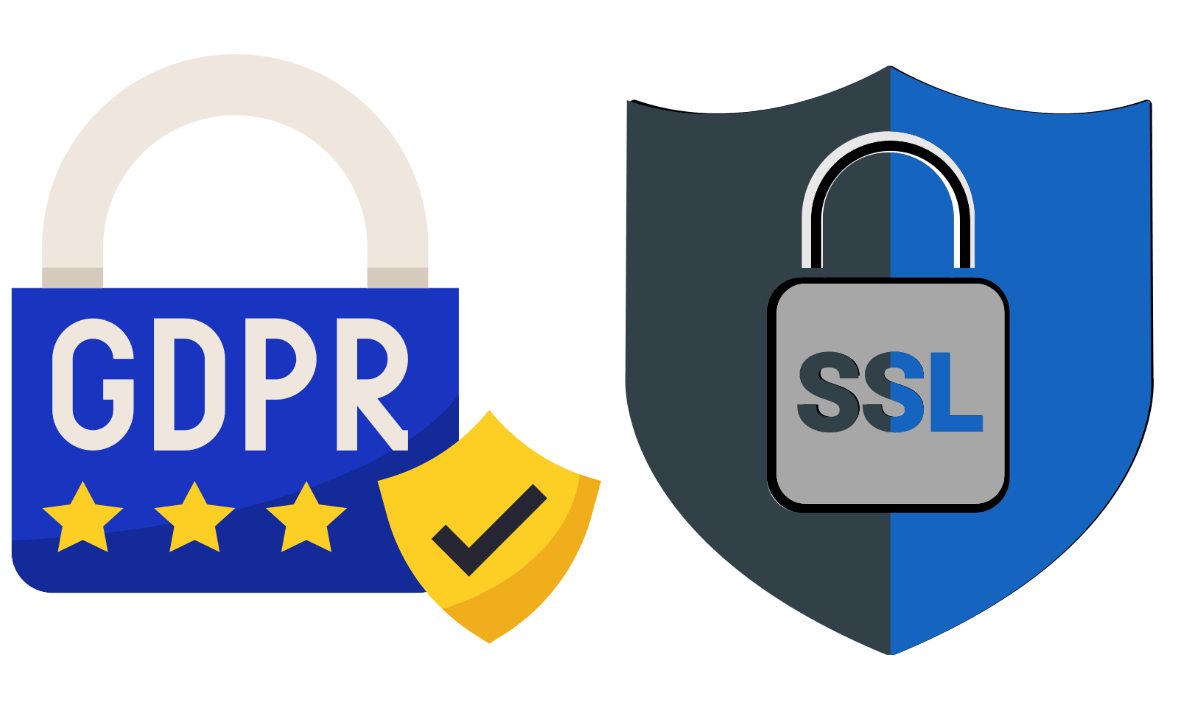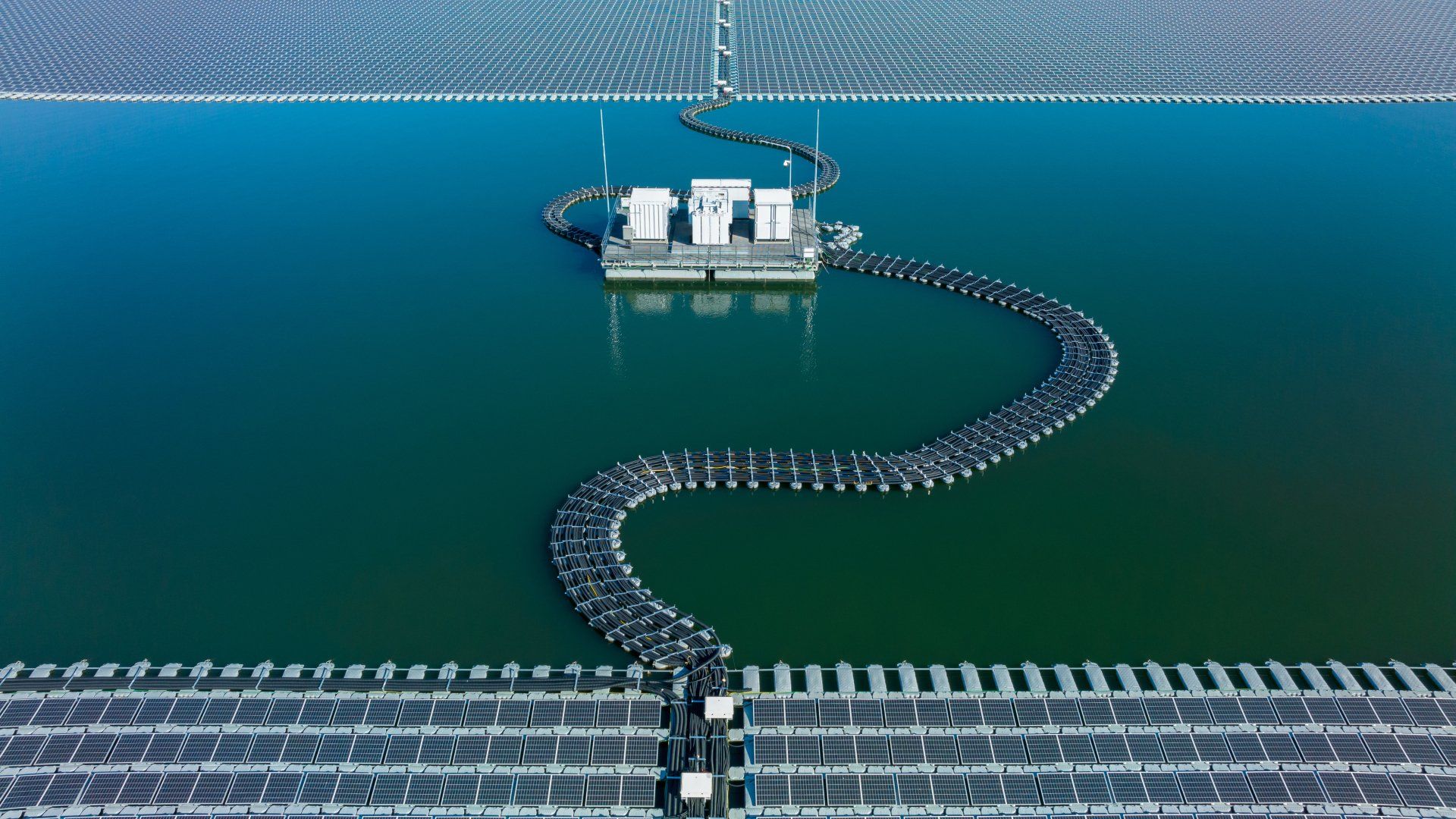Data Security

We take your privacy seriously. All interactions are subject to our Terms of Service, Privacy and Cookie Policies.
Follow Us
Get the latest news delivered to your inbox.
Net Metering for Solar Energy: A Guide to How It Works
Share with Friends
Net metering allows homeowners with solar panels to sell excess energy back to their utility company. When you produce more energy than you consume, your meter runs backwards, crediting your account for the surplus. At the end of the month, your net usage is zero, and you only pay for what you used. Net metering makes it easy to go solar by allowing homeowners to use their PV system to offset their usage from the grid.

What is net metering?
Net metering is a billing system that credits solar energy system owners for the electricity they generate and send back to the grid. When your solar energy system produces more electricity than you need, your meter runs backward, crediting your account for the surplus energy. At the end of the month, you’re only billed for the net amount of electricity you used. This simple billing system makes it easy to go solar and helps solar compete with traditional electricity sources.
Another way of looking at net metering is to consider it as the process of exchanging electricity with your utility company. Net metering allows homeowners with solar panels to sell excess energy back to their utility company. When you produce more energy than you consume, your meter runs backward, crediting your account for the surplus. At the end of the month, your net usage is zero, and you only pay for what you used. Net metering makes it easy to go solar by allowing homeowners to use their PV system to offset their usage from the grid.
How does net metering work?
The net metering process works by measuring the homeowner’s energy usage and then subtracting the amount of energy produced by the solar panels. This process ensures that the homeowner only pays for the net amount of energy used.
What are the benefits of net metering?
Net metering has many benefits for both the customer and the utility company. For the customer, net metering allows them to save money on their electric bill and helps them reduce their carbon footprint. For the utility company, net metering allows them to reduce their need for new power plants and helps them meet their renewable energy goals.
How can I get net metering for my solar energy system?
Not all states offer net metering, so it’s important to check with your state’s public utility commission to see if your state offers this program. If it does, then follow these steps to get set up:
1. Call your utility company and ask for a net metering application.
2. Fill out the application and send it in.
3. Once your application is approved, have a licensed electrician install your solar energy system.
4. After your system is installed, call your utility company and let them know you’re ready to start selling energy back to them!




